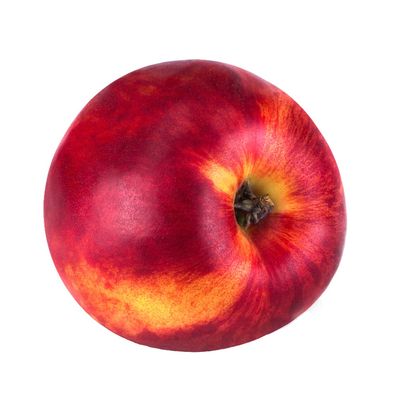About Nectarine ‘Arctic Rose’
Has it ever occurred to you that a nectarine tastes like a peach without fuzz? Well that hunch was right. Genetically, the fruits are identical, although individual cultivars may look or taste different. Nectarine ‘Arctic Rose’ (Prunus persica var. nucipersica) is one cultivar that both looks and tastes different from other peaches and nectarines. What is an Arctic Rose nectarine? It is a freestone fruit with white flesh. The fruit is bright red in color, and extremely firm in texture when first ripe. Eaten just ripe, the fruit is very crunchy with an exceptionally sweet taste. As it continues to ripen, it gets sweeter and softer.
Arctic Rose Nectarine Care
Peaches and nectarines are a real treat picked from your own tree, but they are not “plant and forget” fruit trees. You’ll have to be ready to work hard to keep your trees happy and healthy. To get high-quality fruit, you’ll need to plant your tree in a good site with direct sunshine and well-draining soil. You’ll also have to deal with pests and diseases that can attack the trees. Worse, you can lose your crop to flower bud kill from low winter temperatures or to bloom kill by late-spring frosts. Your best bet is to choose bud-hardy cultivars and protect the flowers from frosts – like Arctic Rose. If you are considering planting a nectarine Arctic Rose nectarine, the tree requires between 600 and 1,000 chilling hours (below 45 F./7 C.). It thrives in U.S. Department of Agriculture plant hardiness zones 6 through 9. The tree grows to 15 feet (5 m.) in both directions and requires the same intensive, open-center pruning as peach trees do. This allows the sun to get inside the canopy. The Arctic Rose white nectarine tree requires a moderate amount of water. As long as the soil drains well, it’s best to keep the soil somewhat moist.
